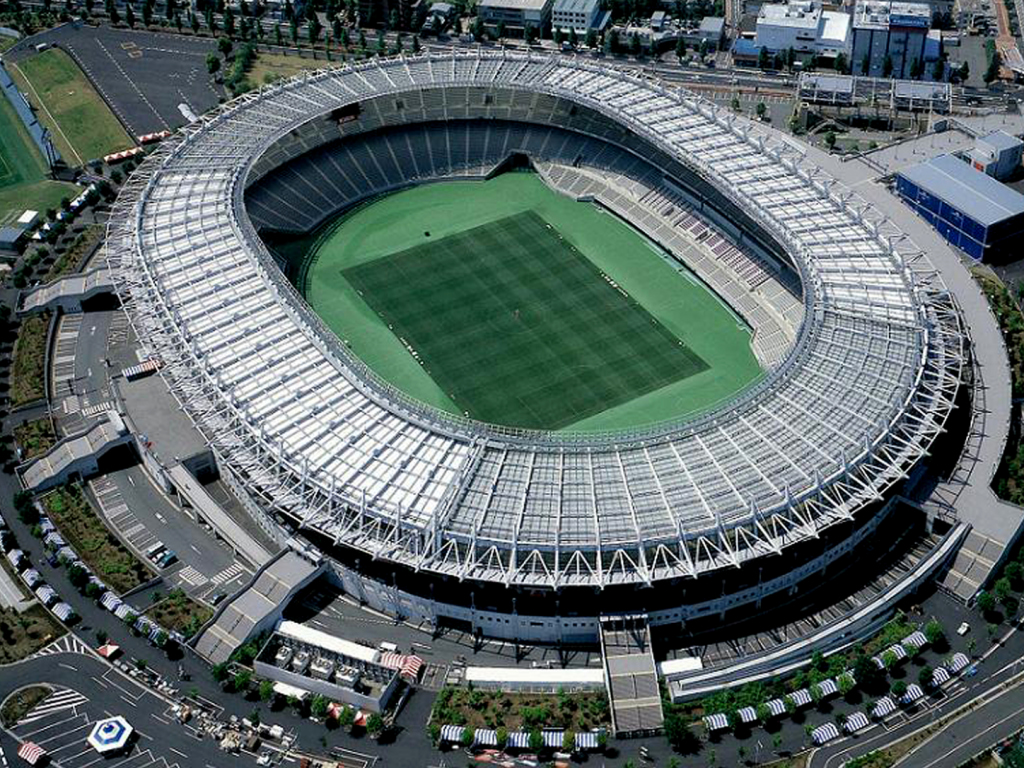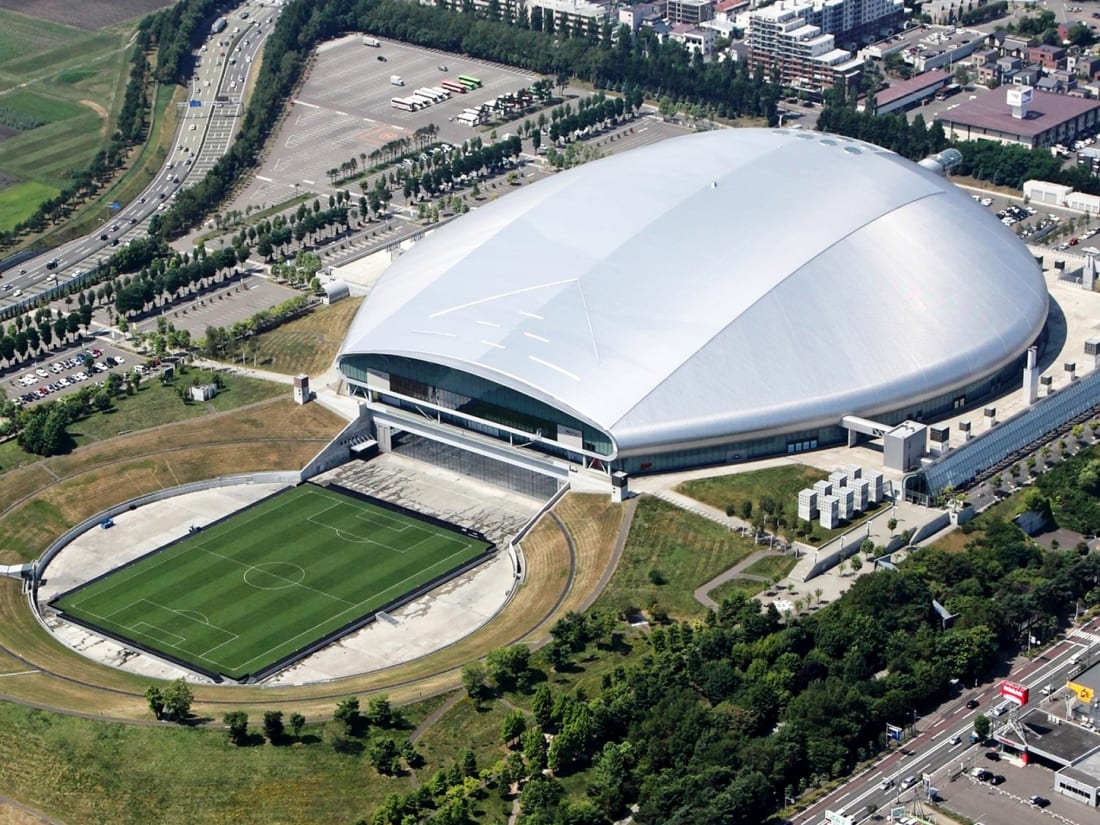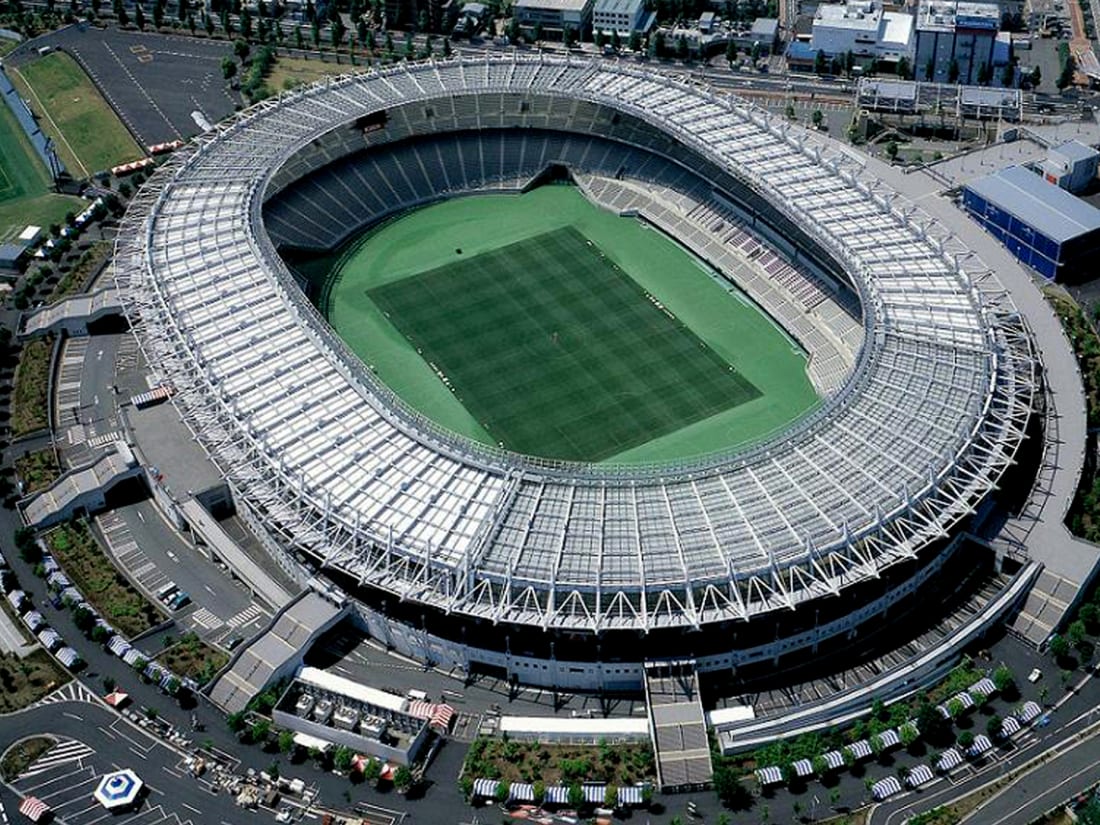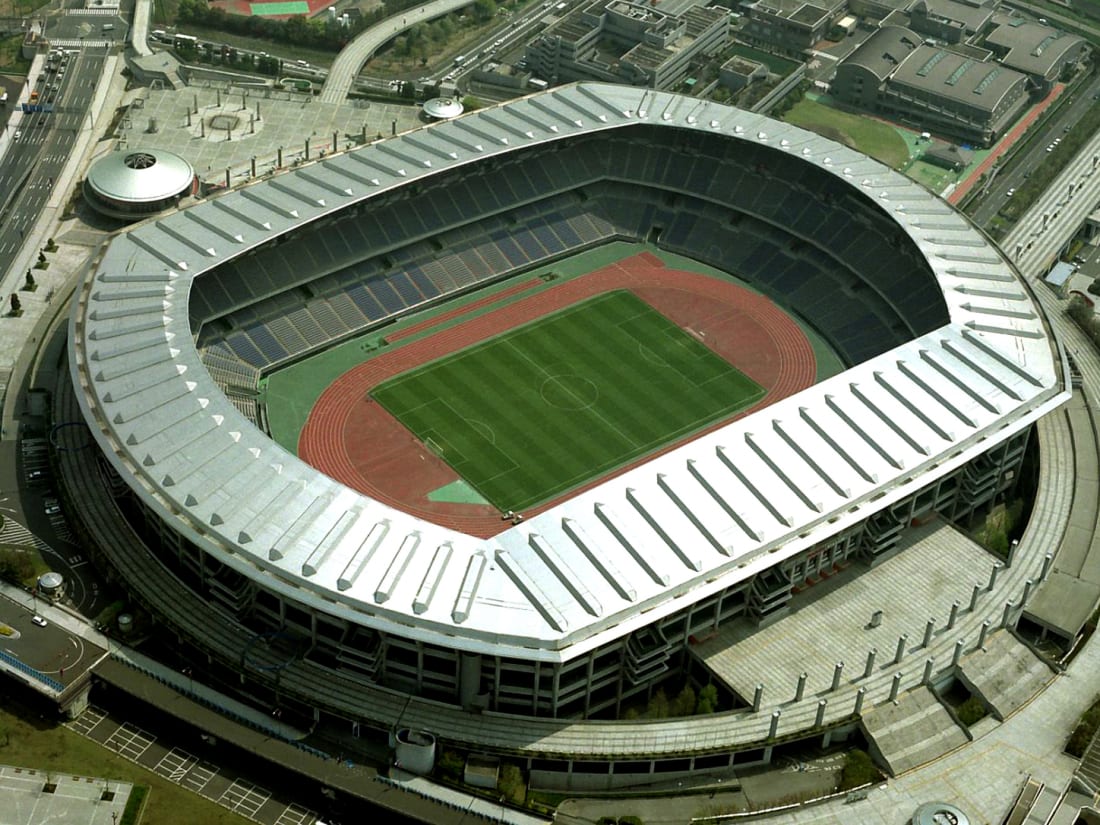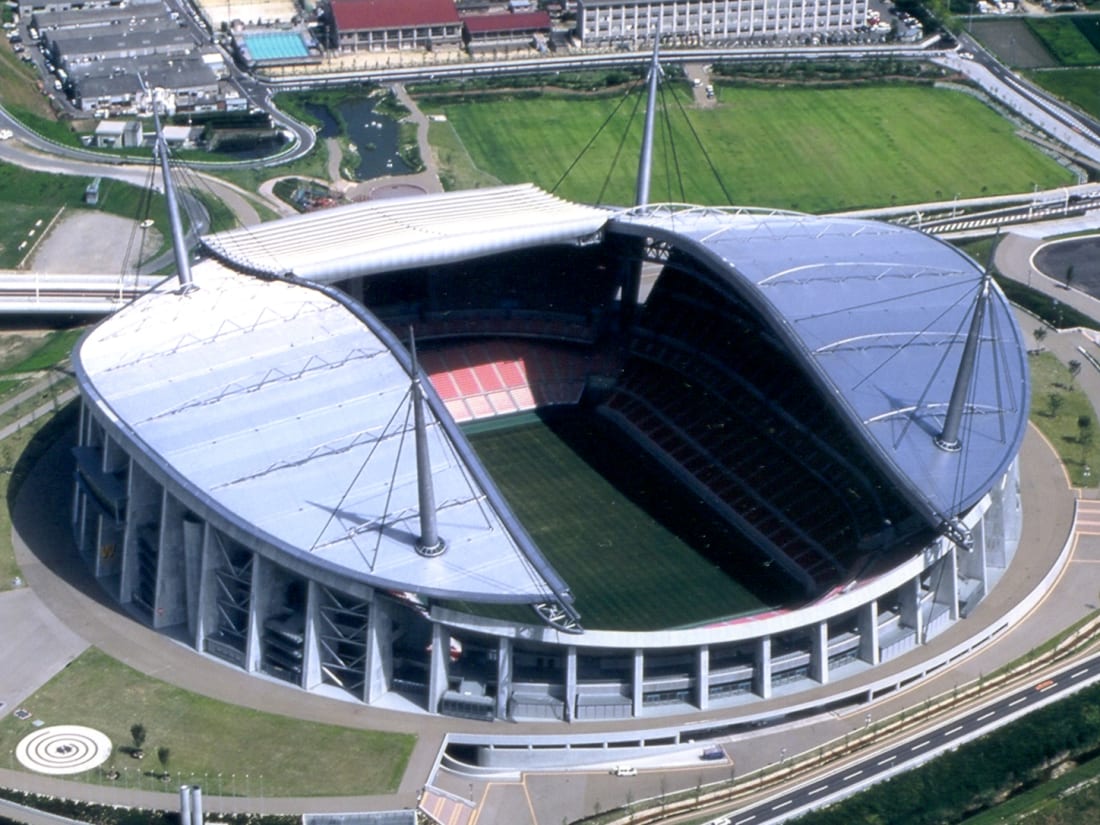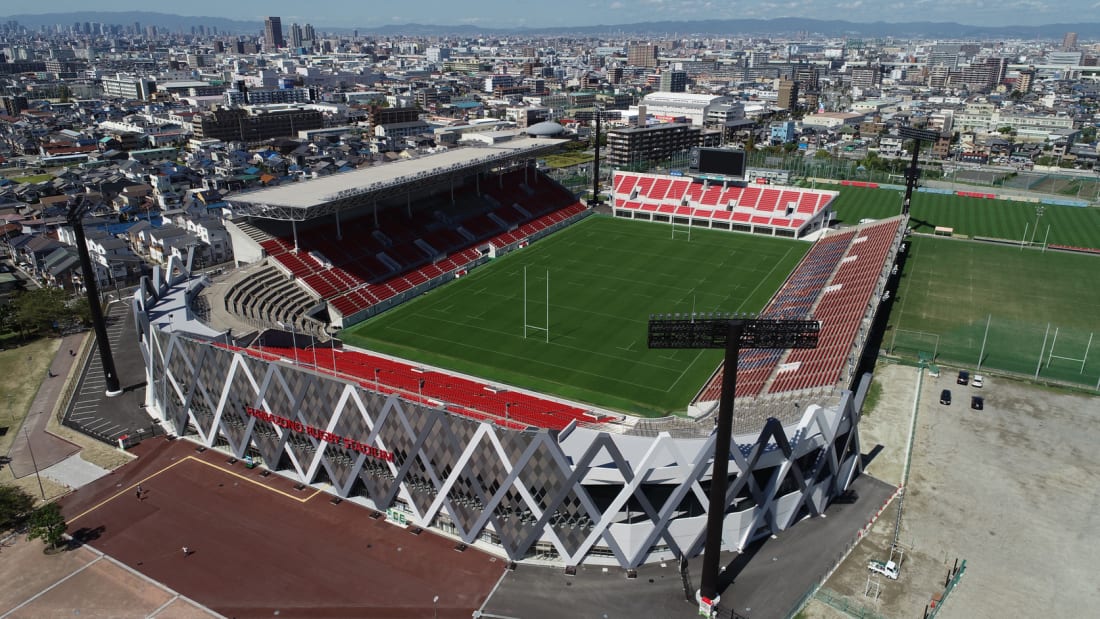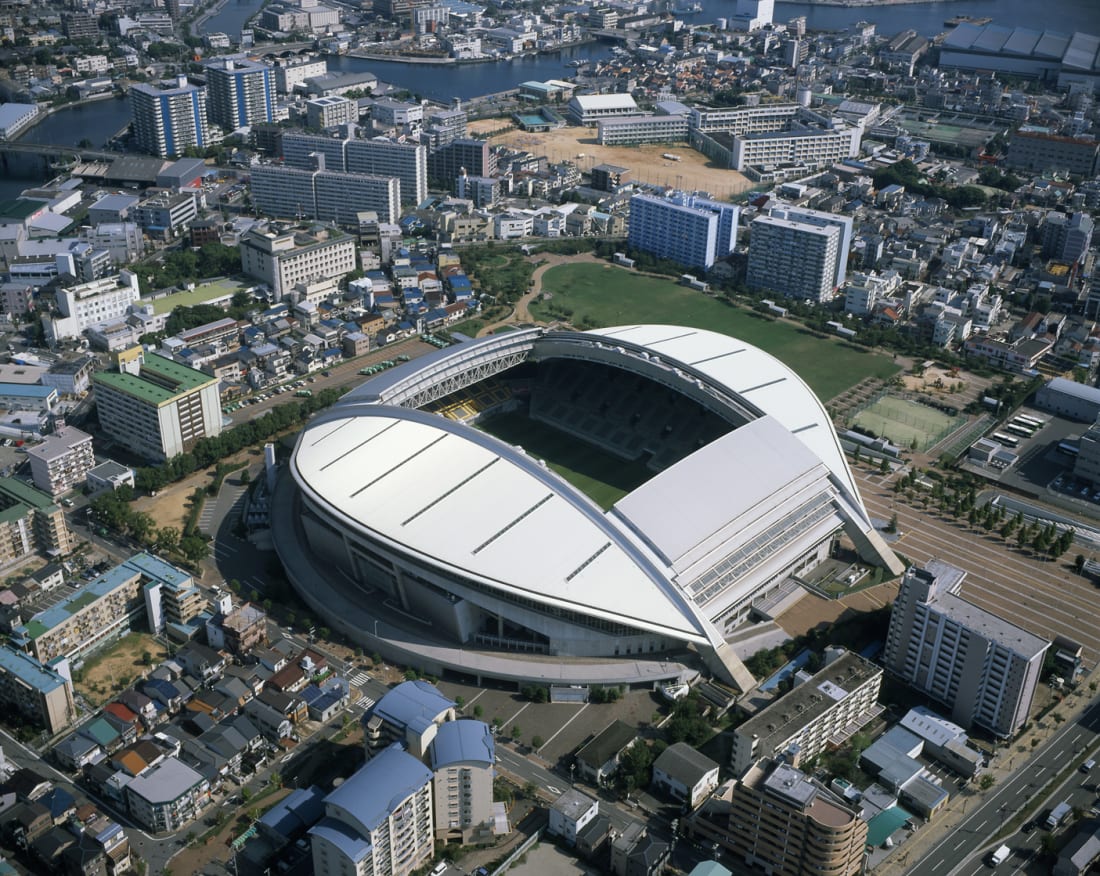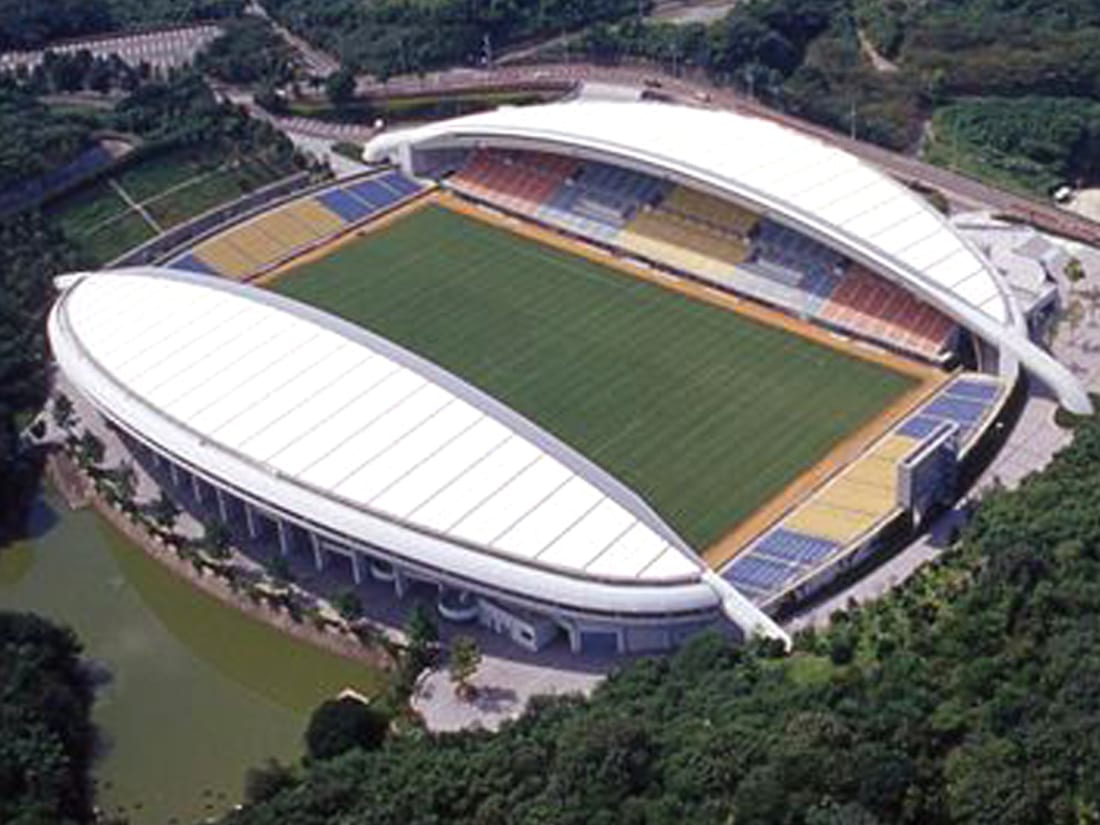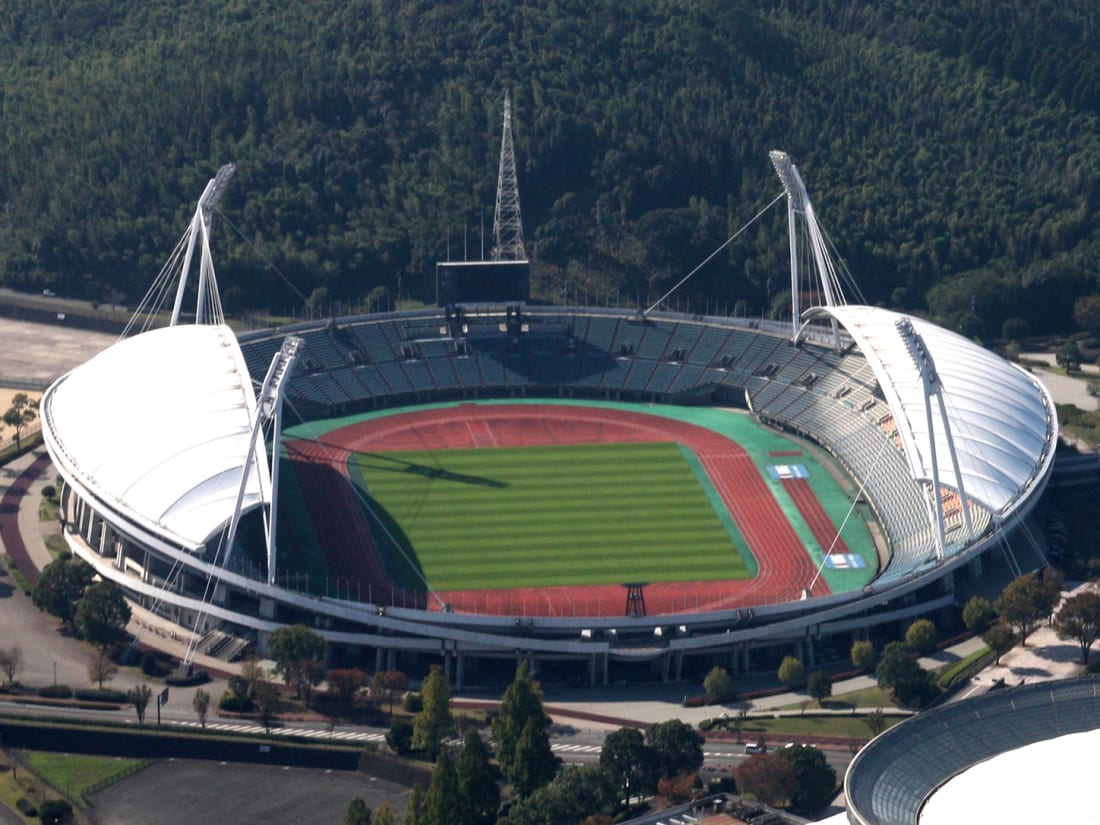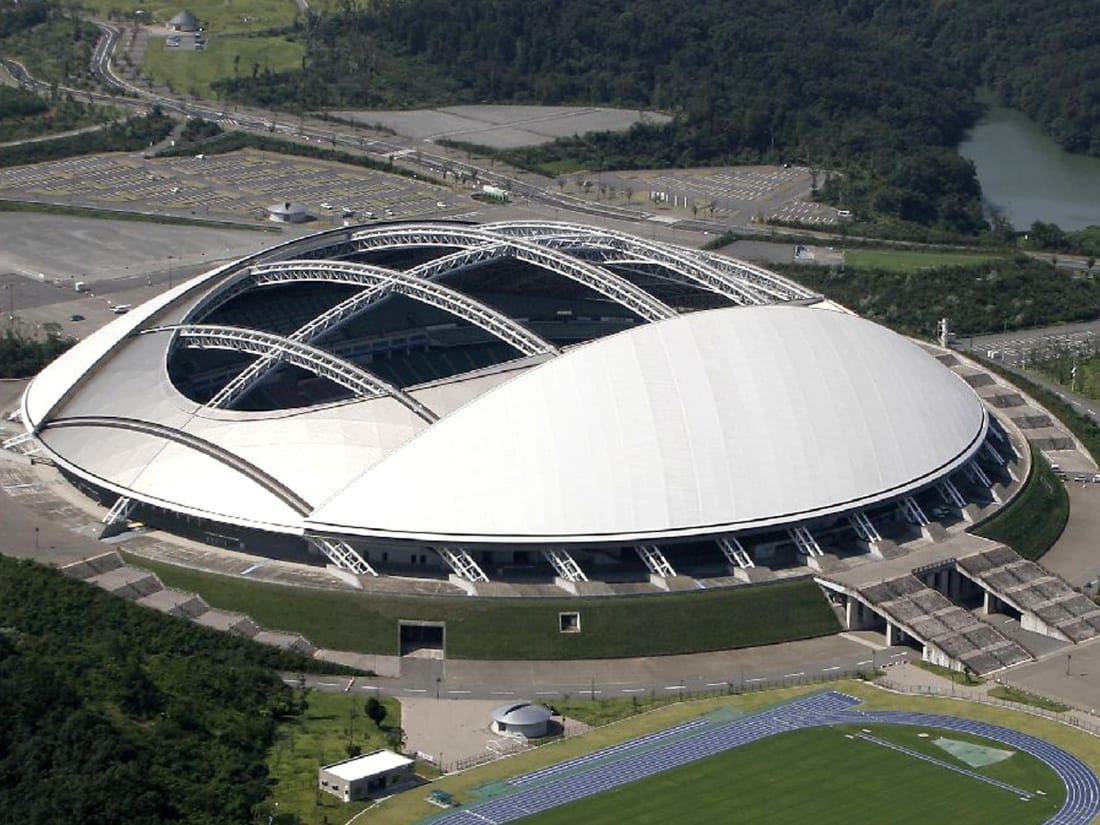With the 2019 Rugby World Cup inching closer and tickets flying off the shelves in record times, the anticipation is starting to build throughout Japan. Twelve stadiums from 12 prefectures spread across the Land of the Rising Sun have been selected to host the competition. Here is a quick run-down on each stadium from north to south(ish).
Sapporo Dome
The aptly named Sapporo Dome in the capital of Hokkaido Prefecture has seen its fair share of sporting showcases over the years. It was the site for 2017 Asian Winter Games opening ceremony and a venue for the 2002 FIFA World Cup. The 41,000-capacity stadium will host two games over the course of the first weekend of the competition. Unfortunately following those games the Sapporo Dome will bid farewell with an early exit from the World Cup. But Australia vs Fiji on September 21 could be a decent excuse to fly up north and check out the eclectic metropolis that is Sapporo and its iconic sports ground.
Kamaishi Recovery Memorial Stadium
The Recovery Memorial stadium in the relatively uncharted Iwate Prefecture may be the smallest on the Rugby World Cup stadium roster (seating capacity: 16,187), but it holds a place of special significance. The town of Kamaishi was completely destroyed by the 2011 tsunami which wrought destruction across much of eastern Japan. This stadium was built as part of the valiant recovery efforts in an area of the country where rugby holds special importance to the locals. The two games that will be played here are far from marquee, but the lush green surrounding landscape and uplifting backstory may just make a trip to Iwate worthwhile.
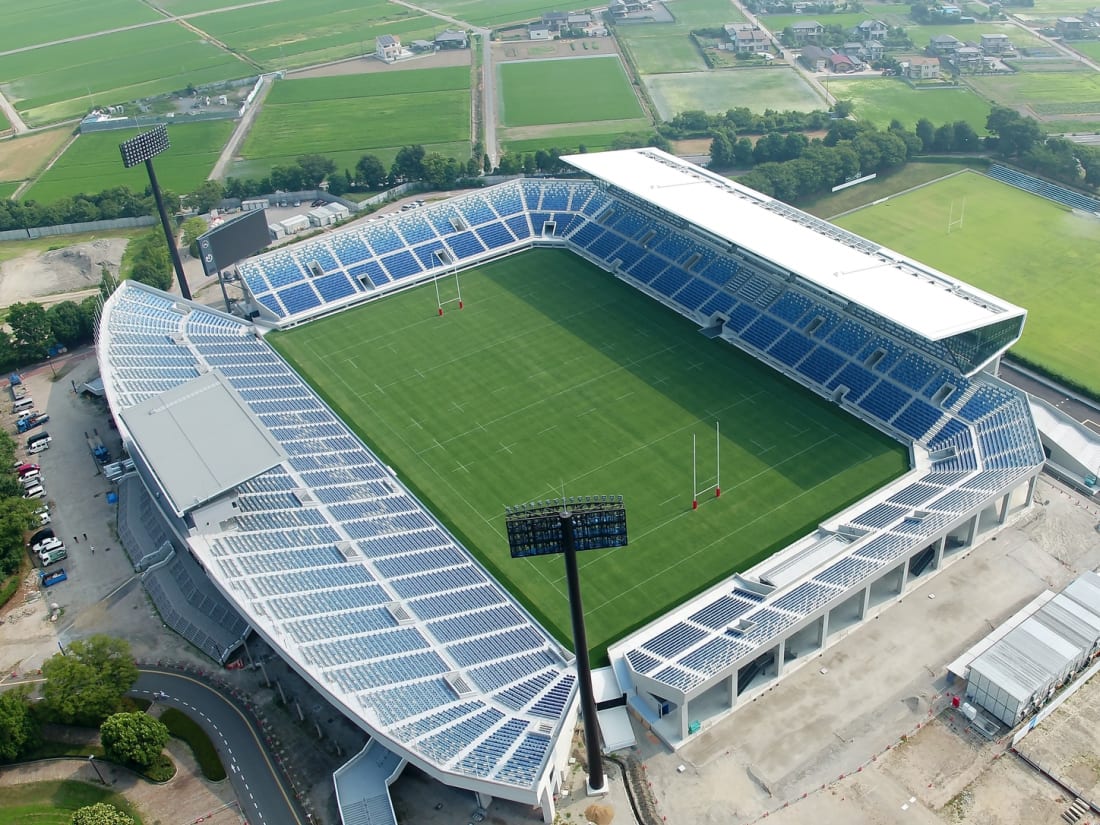
Kumagaya Rugby Stadium
The 24,000-seater Kumagaya Rugby Stadium in Saitama also falls toward the lower end of the capacity scale. Although, unlike many of the multi-sports complexes in Japan, this stadium was built mainly for the purpose of rugby union. The stadium will host three games from the competition’s pool stages and is only a hop, skip and a shinkansen away from Tokyo. Georgia vs Uruguay taking place here on September 29 is an interesting bout between two of the sports burgeoning nations, and better yet, tickets are unlikely to sell out!
Tokyo Stadium
Surprisingly the only sports ground in the capital that will play host to the World Cup is Tokyo Stadium (seating capacity: 49,970) located in the western suburb of Chofu. Most notably it is the home of F.C Tokyo soccer club, but during the autumn of 2019 it will be close to the epicenter of world rugby. Eight games will be played here over the course of the tournament, including two quarter-finals, the third-place playoff and the first game of the 2019 Rugby World Cup on September 20 (Japan vs Russia) – which will of course be preceded by the opening ceremony.
International Stadium Yokohama
If Tokyo Stadium will be near the epicenter of world rugby, then the International Stadium in Yokohama will be smack bang in the middle of it. Not only is the largest stadium on the roster with a capacity of over 72,000 seats, but it has also been bestowed with the prestigious honor of hosting the tournament’s climax — the 2019 Rugby World Cup Final. It will also play host to both semi-finals and arguably the most mouthwatering encounter from the pool stages, New Zealand vs South Africa on September 21.
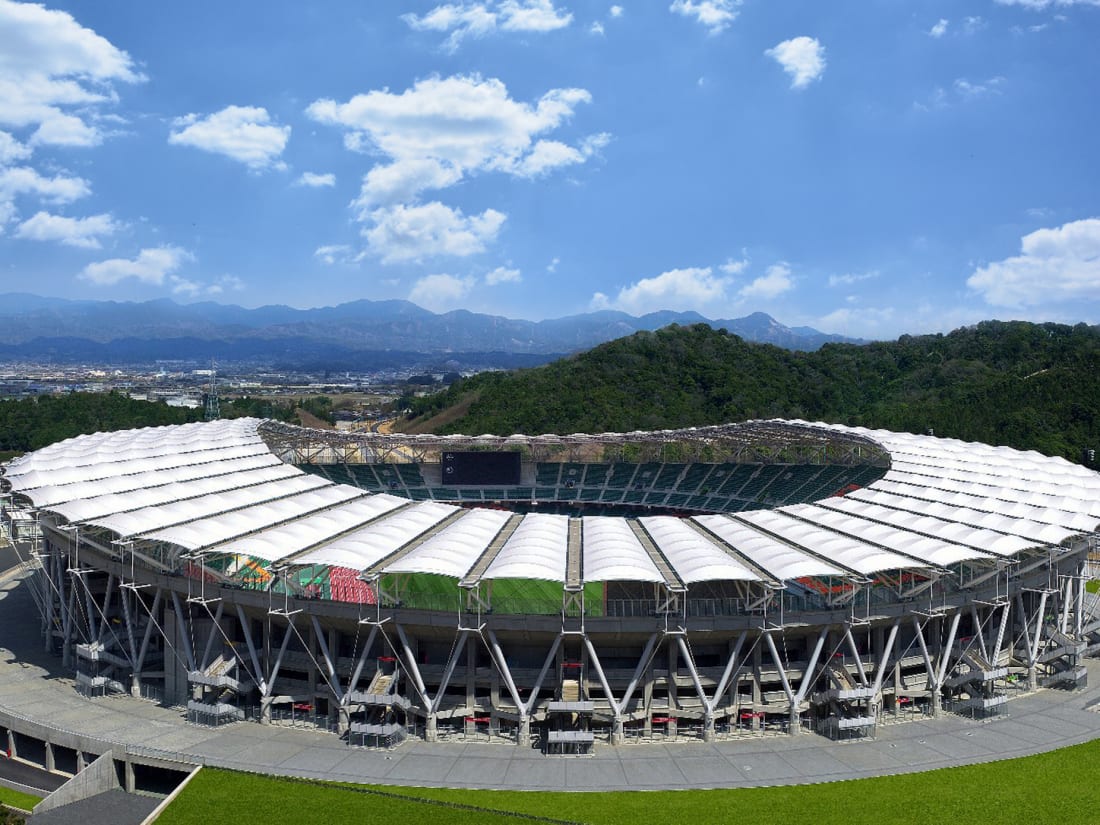
Shizuoka Stadium Ecopa
Located about 275km southeast of Tokyo is the Ogasayama Sports Park in Shizuoka Prefecture (seating capacity: 50,889). The stadium, which was finished in 2001, was the location of Brazil’s famous 2-1 quarter final victory over England in the FIFA World Cup the following year. Though it will only host pool games during the competition, one of these is arguably Japan’s headline game against Ireland on September 28. It’s also the closest stadium to Mount Fuji, so if you’re feeling adventurous that weekend could be a decent chance to kill two birds with one stone.
City of Toyota Stadium
The 45,000-seater stadium in Toyota is located just outside Honshu’s central hub city of Nagoya. It’s a fairly busy stadium all year round with the Nagoya Grampus J-League team and professional rugby union outfit Toyota Verblitz calling it home. It has a state-of-the-art retractable roof and stands that are squeezed right up against the touch line. These features allow for the noise to really reverberate around the stadium, which it will during the four games played here, particularly on October 5 when Japan play Samoa in a game that could make or break either team’s World Cup.
Hanazono Rugby Stadium
Lying in the outskirts of the nation’s second largest metropolis is Osaka’s Hanazono Rugby stadium. Its capacity (30,000) may be dwarfed by the likes of Yokohama International and Tokyo Stadium but in some sense, this is the true home of Japanese rugby. Having officially opened in 1929 it holds the honorable title of the oldest dedicated rugby union stadium in Japan. It’s definitely a little more rugged than the newer, flashier venues but this is a stadium that will strike a chord with the traditionalists. Georgia vs Fiji on October 3 may be the headline act of the four games played here, and is sure to be a ferociously attritional affair.
Kobe Misaki Stadium (aka Noevir Stadium)
Kobe is typically more renowned for its wagyu beef and sake breweries than it is for the oval ball, yet their professional rugby team are certainly no mugs. The Kobe Steel Kobelco Steelers rugby team — where sporting legend Dan Carter is plying his trade in the twilight of his career — are the local club at the Misaki Park Stadium. Like the Toyota stadium, Misaki Park also boasts a retractable roof as well as a healthy capacity of over 30,000 seats. Scotland vs Samoa on September 30 is the pick of the bunch from the four pool games that will be played here.
Fukuoka Hakatanomori Stadium
This stadium, which is often referred to as the Level 5 stadium, is located in Fukuoka’s Hakata ward — the place from whence the iconic ramen of the same name hails. The stadium (capacity: 22,563) is situated within a giant sports complex that is more accustomed to hosting soccer, athletics and tennis than it is rugby union. All that will change during the Rugby World Cup however, as the three decent pool stage encounters will be played at the Level 5 stadium (Italy vs Canada, France vs United States and Ireland vs Samoa). Plus, it’s a good opportunity to visit Fukuoka, one of Japan’s fastest growing metropolitan areas.
Kumamoto Stadium
Kumamoto’s local professional sports stadium (capacity: 32,000) shares many similarities with its contemporary in Fukuoka. Again it’s part of a multi-purpose sports complex and again it’s more accustomed to hosting sports other than rugby. France vs Tonga will take to the field here on October 6 which is arguably the more appetizing of the two games that the stadium will host. It is located a relatively picturesque and serene (if somewhat isolated) part of the country, although a caveat that I will add is that the pitch is surrounded by a running track which can remove some of the intimacy within the stadium.
Oita Stadium
The 40,000-seater Oita Stadium in Oita Prefecture, Kyushu is the dark horse of the tournament venues. It’s in a relaltively unexplored part of the country that is probably most famous for its onsen, including the “8 Steaming Hells of Beppu.” Five games will be played at Oita Stadium including two quarter finals in late October along with three matches from the pool stages. The stadium architecture is also quite visually striking. It’s domed, black-panelled façade designed by Japanese architect Kisho Kurokawa (Nakagin Capsule Tower, The National Art Center, Tokyo) makes it look like a cross between a spaceship and a giant Cambrian fossil.

